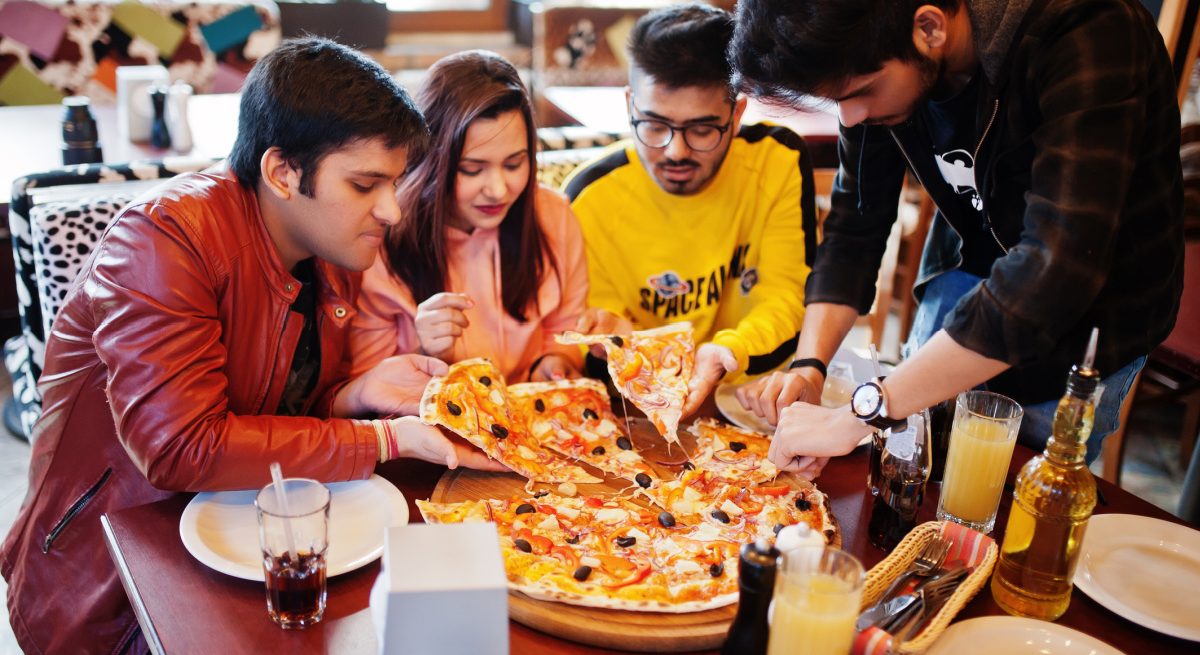Hungry for Growth: The Restaurant Industry in 2022
4 Min Read By Cristin O'Hara
Some pandemic trends, consumer behaviors are here to stay.
While restaurants continue to mitigate impacts caused by COVID-19, many have pivoted and found new ways to redefine the dining experience. Some have even developed lucrative new business models that they will continue to apply and scale in 2022.
Consumers are showing similar signs of permanent behavioral change. According to the National Restaurant Association’s State of the Industry report, 68 percent of customers say they are more likely to purchase takeout or delivery of food than they were before the pandemic. And many will continue to do so in new ways. A survey by RTi Research found that of the 30 percent of consumers who used contactless payment for the first time during the pandemic, 70 percent reported they plan to continue using this technology.
Several other pandemic-related trends will continue into 2022 and beyond, and new trends will also emerge. Here's a summary of what to expect and what restaurants can do to stay ahead.
Staffing Shortages Continue
Food and beverage sales in the restaurant and foodservice industry are projected to total $789 billion in 2021, up 19.7 percent from 2020, according to the National Restaurant Association. While this has created many new jobs, restaurants and bars are struggling to find the talent to fill these positions. Nearly one million jobs remain unfilled, about eight percent below pre-pandemic employment levels. In addition, 75 percent of restaurant operators say recruiting employees was their top challenge, the highest level ever recorded.
As a result, restaurant owners and managers will need to adjust their approach to attracting and retaining talent, including by offering more competitive wages. Many leading restaurant chains have responded to labor shortages by raising the minimum wage for workers to $15 an hour or more. Differentiated benefits packages that include greater flexibility, career paths and training benefits, and enhanced company culture will also be important. As seen first with many fast casual chains, we expect more differentiated benefits packages to continue to emerge as a way for restaurants to fill much needed open positions.
Growth of New Business Models
Two new restaurant trends from the pandemic will likely remain: ghost kitchens and outdoor dining. Ghost kitchens—restaurants that exclusively serve meals via takeout and delivery—became an alternative business model for restaurants that had to shut down dine-in options during the pandemic. Even when restrictions eased and dine-in options became viable, several restaurants maintained a takeout and delivery service as a valuable and lucrative new revenue stream. Restaurants should continue to develop and evolve this business model in 2022 to diversify revenue streams and safeguard against any future disruptions.
Additionally, outdoor dining became a popular alternative to indoor dining options, which had greater health and sanitation restrictions for the restaurant and consumers. Restaurants who can do so should consider keeping their new outdoor dining areas—in many cases converted parking lots and sidewalks—as an attractive option for consumers who enjoy and feel more comfortable dining outside.
More Technology and Digital Solutions
With habits formed during the pandemic likely to continue—including a rise in takeout and delivery—restaurants need to look for ways to increase efficiencies and reduce costs as they adapt to new business models. Many answers will come from technology investments, such as turning to high-tech delivery and takeout platforms as well as touchless payment systems. Additionally, some restaurants are beginning to integrate artificial intelligence in POS systems, which can enable automation. For example, using AI systems to take drive-thru orders with greater precision can improve operations and become a competitive advantage
Looking ahead, automation and robots will make their way into other restaurant operations, with robot and drone delivery services becoming more common and robots conducting routine kitchen tasks. When making new technology investments, restaurant owners need to set priorities by reviewing their target customer segments, defining their preferred customer experience and understanding their customer's financial situation. From there, restaurants can build processes and inject innovation into this framework.
Increased Consumer Demand for Environmental, Social and Governance (ESG) Policies
As the number of consumers and restaurant employees among the Millennial and Gen Z generations continues to grow, so does every consumer-facing company’s need to focus on ESG. For many companies, the adjustment began in earnest in 2020, as awareness around climate change, racial and social equity issues, and COVID-19 changed the way people think about and prioritize ESG. As the purchasing power of Millennials and Gen Z rises, it will be even more critical for restaurants to be purpose-driven and have ESG and diversity, equity and inclusion (DE&I) initiatives in place. In some cases, consumers are also demanding greater transparency and visibility into restaurants' supply chain. For example, restaurants that can source ingredients locally should be vocal about their commitment to supporting local producers and sustainability as brand differentiators.
Opportunities for 2022 and Beyond
To stay ahead of the curve next year, restaurant operators will need to unravel several aspects of the industry’s complex challenges: attracting and retaining talented employees; adapting to consumer preferences; and investing in the right technology to automate, reduce operational costs and maximize their ability to serve consumers. If the industry’s tough yet nimble pivot of the last couple of years is an example, restaurant-goers should expect many innovations in 2022 and beyond.


